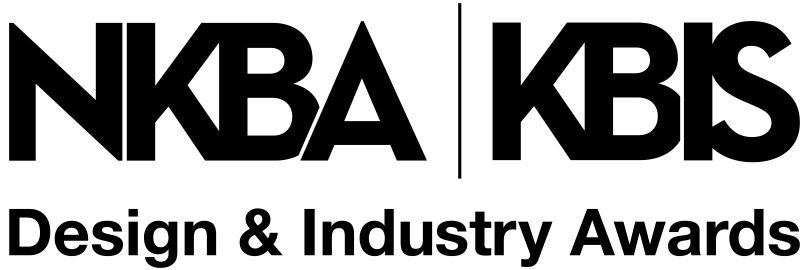You may think you are in the design business—and you are. But you’re also in the customer service business, and often that is more important than the designs you create. Poor customer service can undermine what is otherwise an outstanding enterprise. Fabulous designs won’t get you repeat business and referrals if they are accompanied by a non-responsive attitude. I can’t give you a whole primer on customer service in this space. However, I can share a few tips to get you on the right track if you aren’t there already.
A LITTLE THING THAT MAKES A BIG DIFFERENCE
Change your phone message every day. I can hear those of you who don’t do it (and I bet that’s most of you): “It’s a pain.” “I return calls. No one needs to know where I am every minute.” Is it really that much of a pain to remember to take 30 seconds at the start of each day so clients and potential clients will know when to expect a call back?
Think about it. The message, “I’m away from the phone,” which most people use really only tells a caller what they already knew—you didn’t answer the phone. They don’t know if they will get a call back in an hour or a month. It’s so much better if the message says, “I’m in the office today and will return your call promptly” or “I’m out on a job today but will be returning calls after 4 pm.”
The caller will feel much better knowing that they will hear from you within a defined time frame. Plus, it will be an extra motivator for you to actually return the calls in a timely fashion. Don’t be the person who has angry clients who feel neglected or who loses potential new business because the caller moved on to another designer who did respond swiftly.
On vacation? Clients and potential clients need to know that and need to know exactly when you will return. It would also be wise to have someone who can return calls and either answer questions or at least reassure the caller they will hear from you promptly upon your return. I learned to change my phone message long ago because the company where I worked at that time encouraged it. I can’t tell you the number of people, especially clients, who have commented about how much they appreciate it.
ONE BIG THING
Complaint resolution: You need a protocol for this. It should be a step-by-step plan to handle any issues raised by the customer. The protocol needs to include your contractor partners and other vendor partners. Whoever sells the project will always be assumed to be in charge. If it’s you and you bring the other vendors in, you need to be ready to respond to complaints and get them resolved. Even if the complaint revolves around something one of the contractors has done, you need to make sure the client is satisfied. So you need to sit down with your partners and develop a program together to which you all agree.
This can also be a selling point for you and any vendors you work with regularly. You can inform the client that you will stand behind the work of any of your recommended partners and take the lead on addressing issues. Point out to them that if they go out and get their own contractor(s), you can’t guarantee the work. This will get more work for your partners and thereby motivate them to refer more work to you.
Even if you work completely solo, you should still develop a written dispute resolution protocol and follow it. Be prepared to handle complaints before they happen.
At the end of the day, it’s all about the customer experience. Home renovation is by nature a disruptive and inconvenient process. It’s also a process that lends itself to missed deadlines and delays. You need to be prepared to address those types of issues as well. Projects that drag on long beyond the initially agreed-upon completion date are the number one destroyer of designer/contractor/customer relationships. If delay is unavoidable, you need to be prepared to get your customer through it as seamlessly as possible to preserve positive relations.
Not only do you need to deliver a well-designed, well-constructed final product, hopefully on or near deadline. The whole process needs to be handled in a way that minimizes disruption and inconvenience and makes the client feel well-cared for.
—Dick Wolfe is SVP of the MWW Group, an award-winning independent public relations agency that specializes in helping design effective marketing programs for well-known consumer brands and business-to-business companies. Wolfe brings deep experience as a trusted communications advisor to companies seeking successful brand positioning, marketing communications and visibility campaigns that focus on the design/build community. To contact Wolfe with questions and suggestions on topics for future articles, please email him at [email protected].









